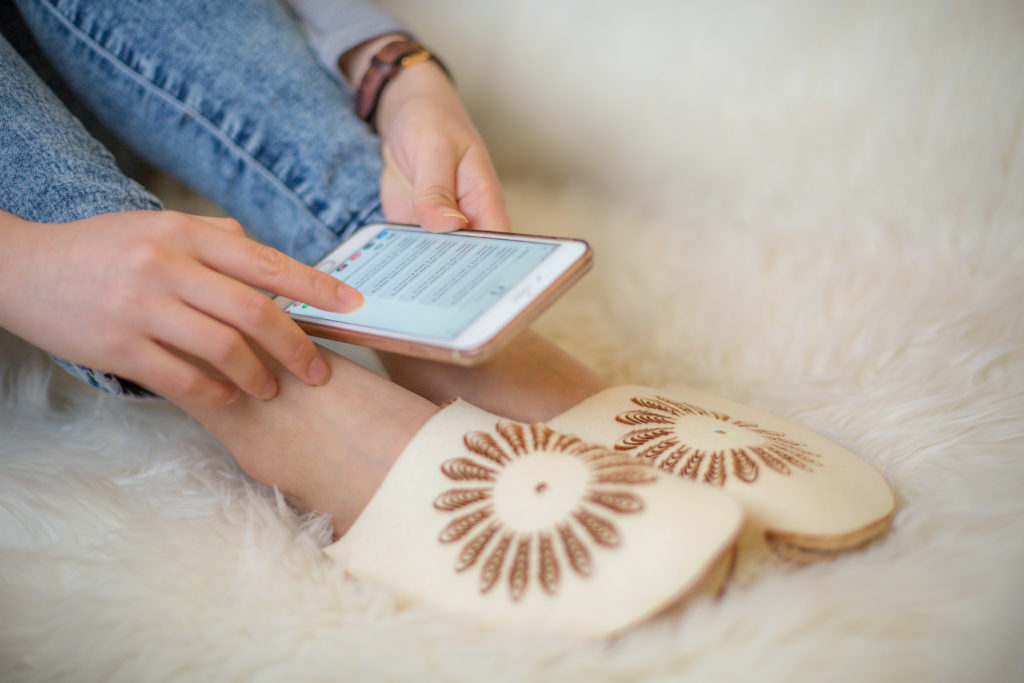Contributors: Yiyi Shao, Ricardo Toller Correia, Chris Luginbuhl, Kate Hartman
Funding: Gradlink
Keywords: Arduino, microcontroller, textile, wearability
Tools: laser cutting, 3D printing
This project explores possibilities for integrating Arduino-style micro-controllers into everyday garments using technologies like laser cutting and 3D printing.
We began this project with a survey of factors affecting wearability, which helped us decide on some key factors which guided our subsequent design efforts.
We then produced several designs for digitally fabricated encasements in order to allow researchers, designers, and artists to better integrate small computational systems into clothing or other wearable systems.
Wearable computing has been a field of research for many decades, however it’s only since the drop in price and increased ease of use of microcontroller systems that it has become a more accessible technology for a broader range of researchers and makers alike.
The Arduino-compatible micro controllers we used can all be battery powered, can be programmed to read signals from buttons and sensors, and can output signals to devices like LEDs, motors or send wireless signals via bluetooth or wi-fi.

We chose the four micro controllers shown above because they represent some of the diverse capabilities of these tiny computers. Most of these are supplied as bare circuit boards, so we wanted to develop options anyone could use to integrate these either into an existing garment, or a custom-made garment.
With the increase in access to digital fabrication tools such as 3D printers and laser cutters, we are seeing microcontroller technology creep into a variety of sectors, one of them being fashion. We see this ranging from runway collections, such as 3D printed dresses by fashion designer Iris Van Herpen, to ready-to-wear jewelry lines, such as the necklaces, bracelets, and rings created by design studio Nervous System.
What we haven’t seen much of is a connection between these two emerging fields – electronics as incorporated into digitally fabricated fashion and 3D printing and laser cutting as applied to wearable electronics. Despite there being a significant spike in the release of wearable consumer products we have not yet seen growth in the area of DIY resources specifically geared towards how to wear electronics.
The challenge then becomes integration. How can digital fabrication practices be best applied to and integrated into the development of wearable computing systems?
The people at the Social Body Lab quickly came up with a collection of 30 different ideas for how these microcontrollers could be worn and used. We then selected five that we prototyped and tried out. Take a look at what we did, below.




